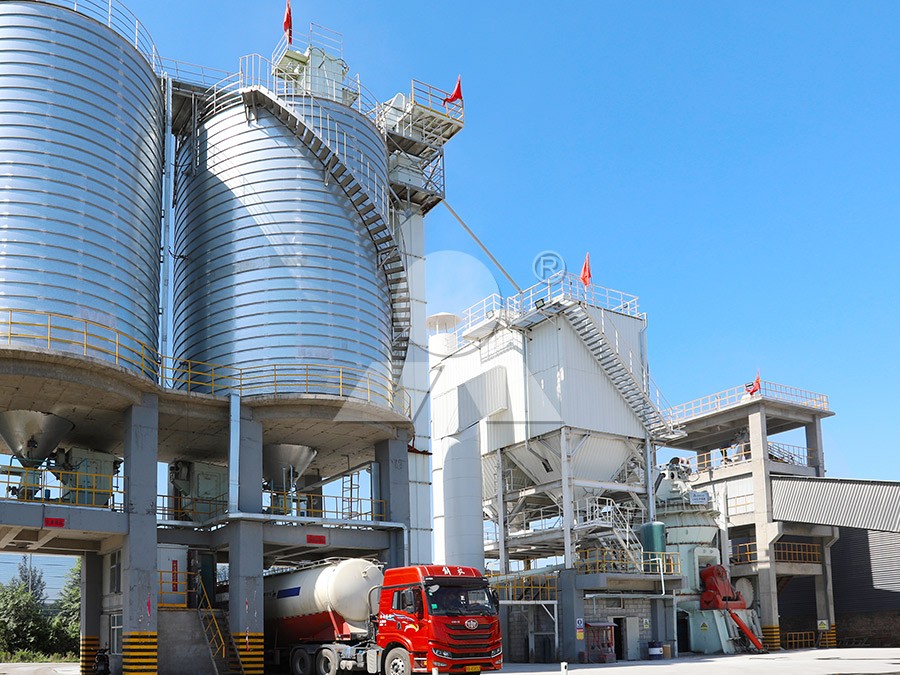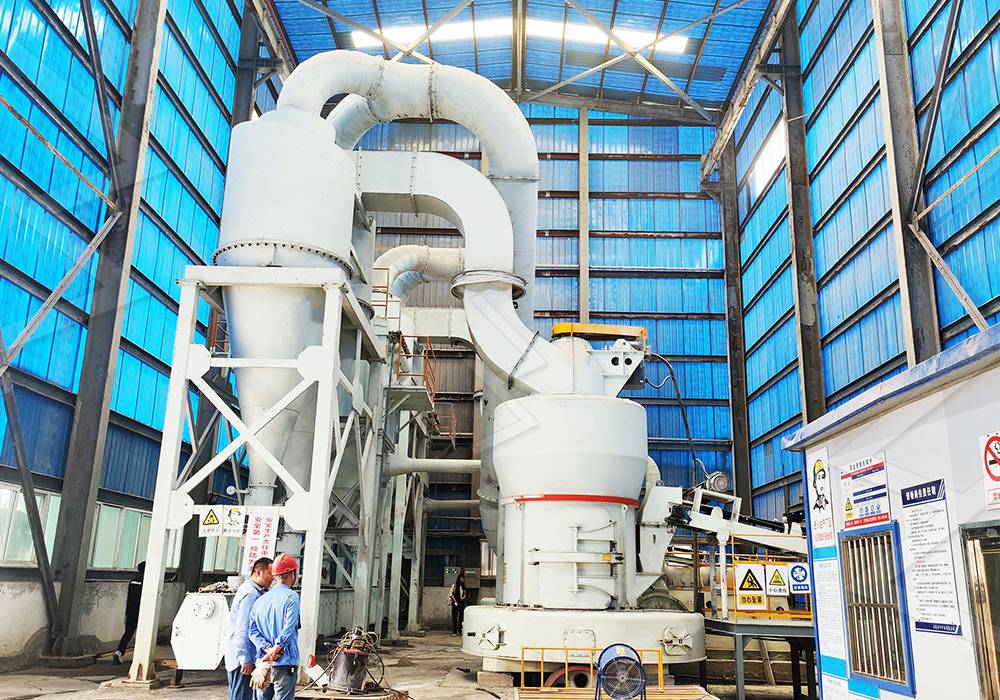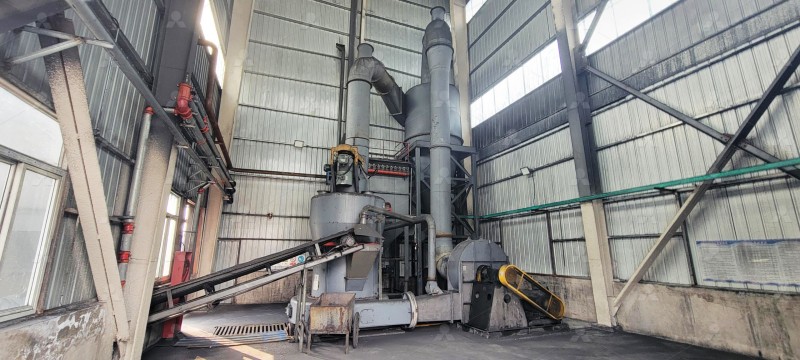LM170 Vertical Roller Mill Process Flow Diagram
LM170 Vertical Roller Mill Process Flow Diagram
In the realm of industrial mineral processing, the vertical roller mill stands as a cornerstone technology for efficient size reduction and classification. The LM170 model, in particular, represents a sophisticated approach to grinding operations, integrating multiple stages into a single, cohesive system. Understanding its process flow is crucial for operators seeking to optimize performance and maximize productivity.
The journey of material through an LM170 begins with raw feed preparation. Crushed material, typically ranging between 0-20mm, is introduced into the system via a feed hopper. A vibrating feeder ensures a consistent and controlled flow rate, preventing surges that could destabilize the grinding process. This initial stage is critical for maintaining operational stability downstream.

Once material enters the mill housing, it lands centrally on the rotating grinding table. Centrifugal force immediately propels the material outward toward the grinding track, where heavy grinding rollers apply substantial pressure. This bed compression principle, where multiple particles are crushed against each other, creates an exceptionally efficient comminution environment with significantly lower energy consumption compared to impact-based systems.
The ground material then enters the air stream generated by the mill’s integrated fan. This pneumatic transport system carries the fine particles upward toward the dynamic separator. Here, precision classification occurs as the separator rotor generates a controlled vortex. Coarse particles are rejected and returned to the grinding table for further processing, while properly sized fines continue with the air stream toward collection.

For operations requiring even finer powder specifications, our MW Ultrafine Grinding Mill presents an excellent alternative or complementary solution. With an input size of 0-20 mm and capacity ranging from 0.5-25 tph, this machine excels at producing ultra-fine powders between 325-2500 meshes. Its innovative design eliminates rolling bearings and screws from the grinding chamber, significantly reducing maintenance concerns while achieving higher yields with lower energy consumption—up to 40% higher production capacity compared to jet mills with the same fineness and power requirements.
The final collection stage typically employs cyclones and baghouse filters. The cyclone performs primary separation, collecting the bulk of the product, while the baghouse polishes the exhaust air, capturing ultrafine particles and ensuring emissions compliance. The clean air is then either recirculated or vented to atmosphere, completing the circuit.
Throughout this process, the LM170’s integrated control system continuously monitors and adjusts key parameters: grinding pressure, classifier speed, fan velocity, and temperature. This automation ensures consistent product quality while allowing operators to fine-tune the process for different materials or product specifications.

When even greater precision in ultrafine applications is required, the LUM Ultrafine Vertical Grinding Mill offers advanced capabilities. With its German powder separating technology and unique roller shell design, this mill achieves exceptional product whiteness and cleanliness. Its input size of 0-10 mm and capacity of 5-18 tph make it ideal for specialized applications where product purity and precise particle size distribution are paramount.
Frequently Asked Questions
What is the typical energy consumption of the LM170 compared to traditional ball mills?
The LM170 typically reduces energy consumption by 30-40% compared to equivalent ball mill systems, thanks to its more efficient grinding mechanism and integrated drying capability.
Can the LM170 handle moist materials without pre-drying?
Yes, the LM170 integrates hot gas generation for in-mill drying. Materials with moisture content up to 15-20% can typically be processed without separate drying equipment.
How often do the grinding components require replacement?
Wear life varies by material abrasiveness, but the LM170’s grinding rollers and table typically last 6,000-8,000 operating hours before requiring significant maintenance or replacement.
What particle size range can the LM170 achieve?
The standard LM170 can produce products ranging from approximately 80 microns (180 mesh) down to 20 microns (600 mesh), with finer products achievable through system optimization.
Is the system suitable for abrasive materials?
Yes, the LM170 can be equipped with special wear protection for processing highly abrasive materials, though this may impact maximum throughput and component service life.
